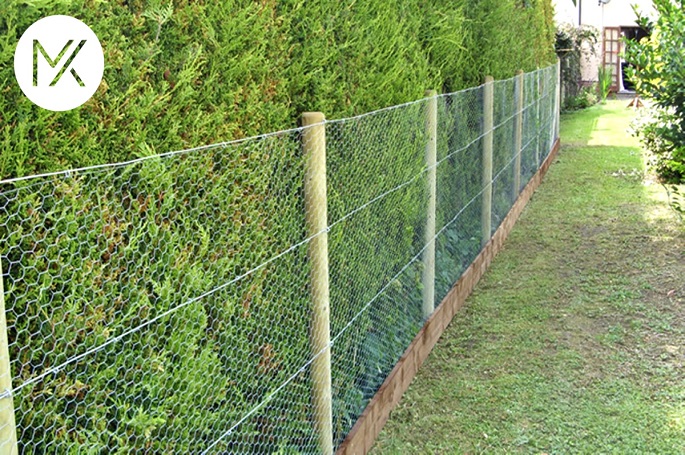Where do you stand on boundaries?
A boundary feature can be a fence, wall, hedge, ditch, or sometimes even just the edge of a driveway. If there is a difference between the legal boundary (the ‘invisible line’ that divides the two properties) and the actual physical boundary, then this can be the cause of a heated debate between neighbours – often over just a few inches of ground.
Boundary disputes can arise over many different issues such as reconstruction of a boundary wall, maintenance, shared access ways, drainage rights, rights to light and the list goes on. Regardless of the reason, these disputes can often cause hostility and stress between neighbours that last years and can have a negative impact on the lives of those involved.
The team at mckenna + associates Trim often get asked questions about boundaries and they tend to be some of the hardest to answer.
The first thing to do is consult the relevant property deeds. In most cases this is accompanied by a deed map which will outline the spatial arrangements of a plot of ground which will establish the true position of the legal boundary.
In advance of carrying out any work make sure to consult a Chartered Surveyor and have them measure and verify the spatial arrangements of the area in question. A Chartered Surveyor will examine the deed documents and then relate this information back to the ground.
If you want to change an existing boundary, such as replacing an old fence with a new one, we always recommend discussing with your neighbour first and making sure it is all agreed.
When it comes to hedge maintenance, it can become complicated quite quickly. If a hedge is used and treated as a party hedge, even with its origins in your site, a property owner may cut any portion of the hedge that lies exclusively on their site; however, they should be aware they must not do so to the extent that it will interfere with their neighbour’s. In some instances, it may be necessary to draw up a hedge management plan. This will address the concerns of all parties involved and provide the most peaceful way forward.
When an agreement cannot be reached on boundary disputes, under the Land and Conveyancing Law Reform Act 2009 you may make an application to the District Court for a “Works Order”. This Order will set out what you may (or may not) do. The Court may impose whatever conditions it deems necessary taking all the relevant circumstances into account providing you clarity regarding what you can and cannot do.
Who We Are
Founded in 2006 by Michael McKenna, mckenna + associates, based in Trim, Co. Meath is a growing team of friendly, enthusiastic and open-minded Registered Architects and Chartered Building Surveyors. Together we have a background of experience in residential, commercial and industrial projects and share a culture of excellence. With over 50 years’ experience, the team at mckenna + associates will work with you right from the beginning no matter how big or small your project is.

